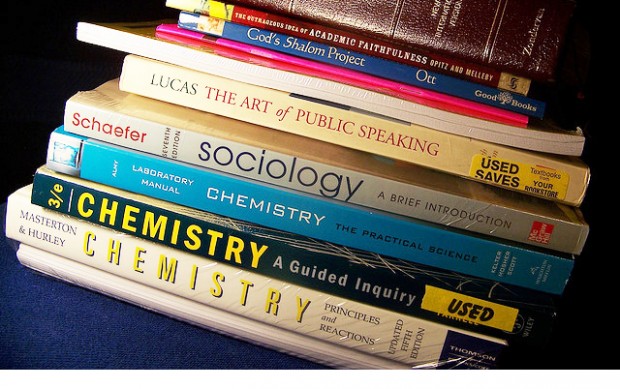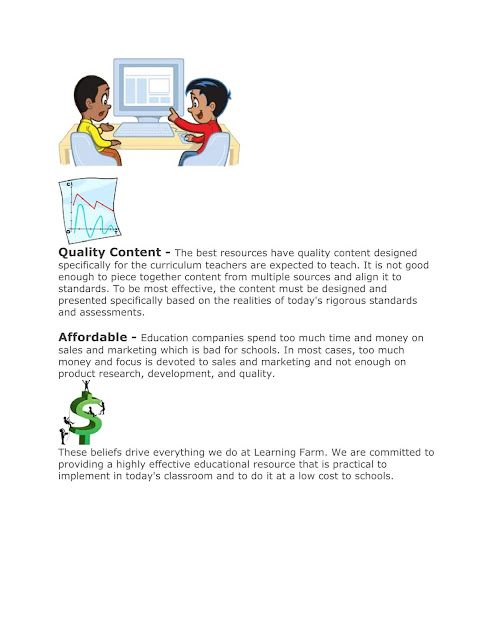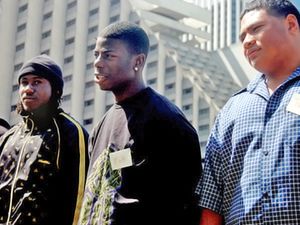Changing the way school is structured:
The Future of Education - A School You Would WANT To Attend!
(I have a dream to open my own school; I'm open on the subject matter and style, although I would have both traditional classes
and others below included.
I'd also have my own Hogwarts curriculum too--and I would be quite comfortable teaching some of my skills as a psychological mythologist. Yes, there are those of us who are Magical: we have knowledge and awareness that can't be taught in routine methods. Some of us are Healers and Manifestors.
That's how we look at the stars and learn about the psyche and human behavior and learning styles regarding challenges and growth opportunities. (And nurturing and socialization needs)
The length of time for classes should be less than one hour for each class, schedules should be individualized, homework should be a rarity, and the children should not be overworked or stressed. Class credits should be given for the interaction in community of gardening, building infrastructure, and care-giving.
School should be fun and the children will want to add as many classes as they can. Curriculum should be an interactive choice between the student, parent, and a counselor based on the capability of the child, and graduation of primary and secondary schools could be done at any age.
Education will need to be continuously re-created as more strands of our DNA are activated and more information is available to humans through our higher selves and our Akashic records. One of Education will need to be continuously re-created as more strands of our DNA are activated and more information is available to humans through our higher selves and our Akashic records. One of the most sought-after jobs will be teaching these brilliant children and it will be one of the most rewarding careers to have.
Education administrators will be free thinkers, organizers, and mediators, and will enjoy their jobs just as much as teachers. the most sought after jobs will be teaching these brilliant children and it will be one of the most rewarding careers to have. Education administrators will be free thinkers, organizers, and mediators, and will enjoy their jobs just as such as teachers.
Does this article give you any ideas about the future of education and the co-creation of the New Earth? If so, now is the time to begin brainstorming and to form groups on Facebook and other social media sites dedicated to revamping our education system. Change will have to happen on the community level by example and then spread throughout the world due to the success of one particular curriculum over another. Information and awareness about the corruption of our current system and what we are going to do about it is the key to moving forward as free-willed humans.
Math- Geometry is the basic building block of all life. Math will take on a whole new meaning and new ways of arithmetic along with fun ways to calculate will be taught.
Cosmic Science- Identity and placement of Universes in our cosmos and the difference between free willed Universes and non free-willed Universes.
Universal Science- How planets, moons, and stars are sentient beings and how they all work together to form solar systems and galaxies.
Universal History- The history of the Universe including civilizations and placement in the Cosmos.
Creation Science- The study of how everyone and everything is connected from one Creator and how we contribute to that creation.
Human History- DNA studies, human genetics, and the history of humanity from Lyra to today, including the social statistics, behaviors, and characteristics of all humans in our Universe.
Human Rights- Constitutional Law on freedom and the Golden Rule.
Sexual Relations- The responsibility behind merging energies with another human and teaching the ability to decide whether another human body is created.
Universal Language- Learning the language of light which is understood throughout the Universe.
Universal Law- Learning the importance of Universal Law and how it relates to all sentient beings.
Astrology - Learning how to read and fully understand your birth chart and life cycles.
Astronomy - Understanding the importance of stars, planets and constellations. Learning how the stars can show us the cycles of time along with how they can be used for navigation.
Sixth Sense Studies- Developing all of your innate gifts.
Meditation - Guided classes on how to safely travel the Universe with your consciousness, learning new meditation techniques, developing new ones.
Exercise- Yoga, Tai Chi, etc.
Galactic Ambassador Training- How to become a galactic ambassador, spaceship flight training.
Healing- Methods for keeping the body clear of negativity (reiki, quantum touch, etc...), responsible thinking, service to others.
Gardening- How to grow organic food and hemp for cultivation, different forms of gardening such as hydroponics, permaculture, etc...
Technological and Industrial Sciences- How to make almost anything from hemp, 3d printing, free energy technology, encourage free thinking and non-competitive invention.
Environment- The true importance of being stewards of the earth by living on her without making footprints and healing the environment.
Recycling- Maximizing what has been created in the past into something sustainable.
Council of Elder training- With the elimination of government, a Council of Elders training program will be facilitated to ensure that future elders will always be working in humanity's best interests.
Music- All forms of music including history, composition, symphonic band and concert, and voice.
UFO Research - Classes on the documentation of UFOs through night vision goggles, how to interact with them, sky mapping, UFOs in Art History, etc...
Creative arts- All forms of creativity including art, dance, drama, and writing.
Community- How to contribute economically to your community through barter, volunteering, and communal care-giving for all children.
Creative culinary classes and decorating houses for energy flow could be subjects.
Life Path Development - Helping people find their life path, based on their astrological charts, personal interests and past life experiences.
Spiritual Psychology- Learning how the body, mind, soul and spirit interact. Dream analysis, dream journals, counseling methods, past life regression techniques are included in this genre.




























